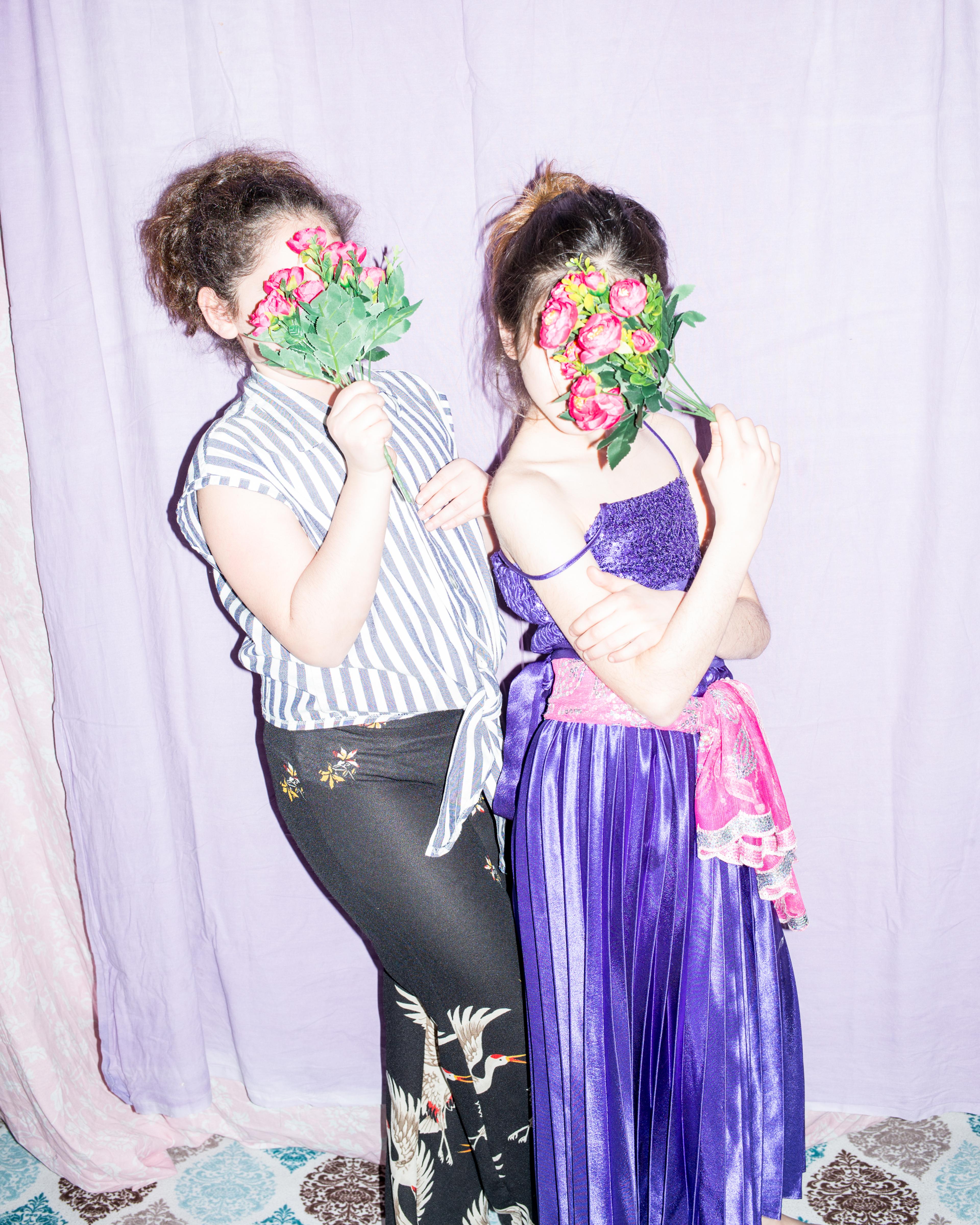Lebohang Kganye
Le Sale ka Kgotso
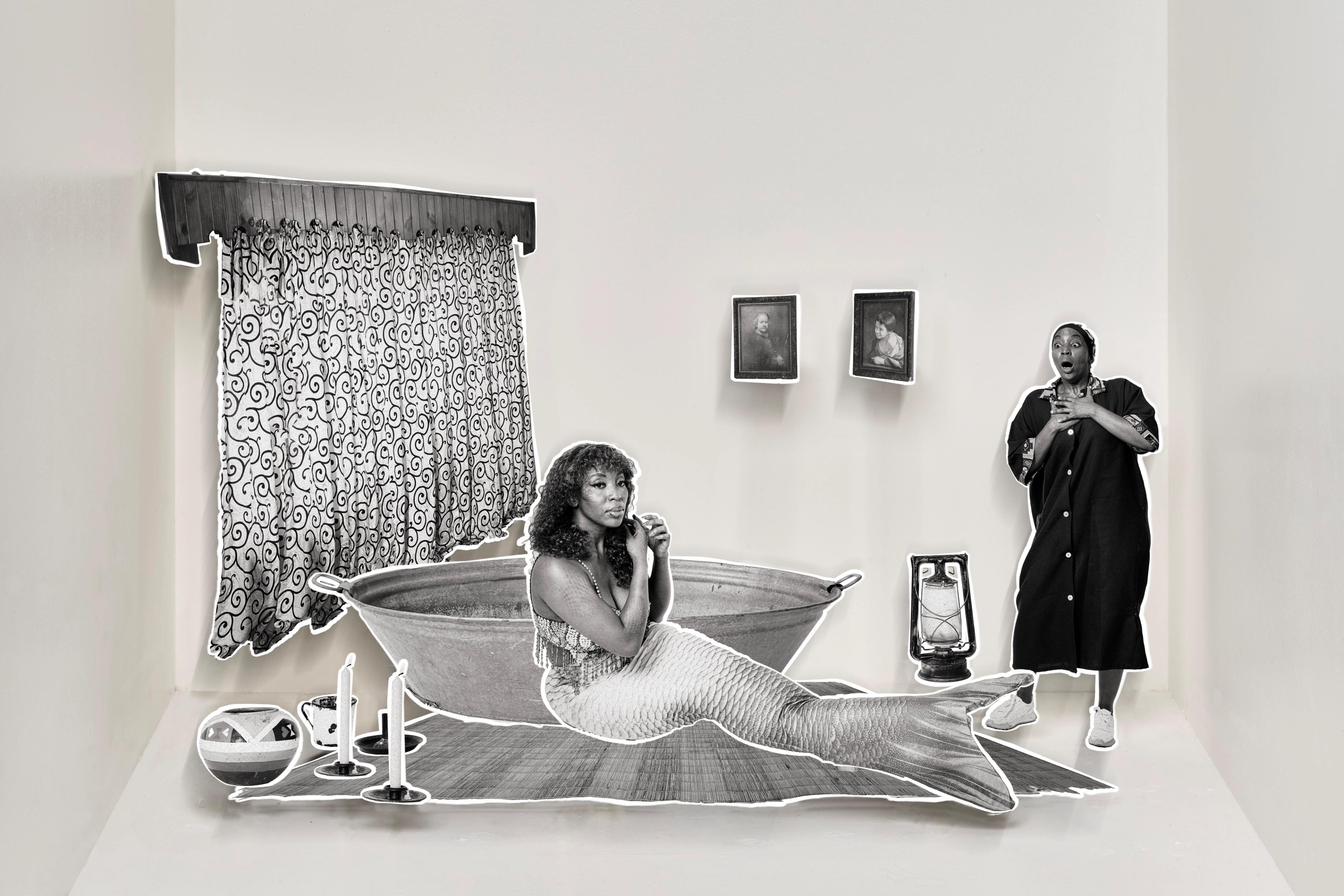
Photography has always been used as a tool of evidence, but it is also a tool of imagination, giving memories and collective storytelling a visual form. Whether through words, photography, sculpture or oral history, Lebohang Kganye is, above all, a storyteller.
Le Sale ka Kgotso translates as “stay in peace” in Sesotho. It is a phrase of farewell, spoken when leaving someone’s home. But language carries multiple layers of meaning. When mispronounced as “le sale le Kgotso“, the phrase evokes not peace, but a tokoloshe: a mischievous and dangerous spirit from Xhosa and Zulu mythology, believed to cause illness, chaos, and spiritual disruption. Lebohang Kganye draws attention to this linguistic slippage, revealing how words – like homes and histories – can be double-edged. Just as with the architecture she constructs, Kganye shows that language itself can become a site of haunting. What appears as a gesture of goodwill may, in fact, invoke something far more menacing.
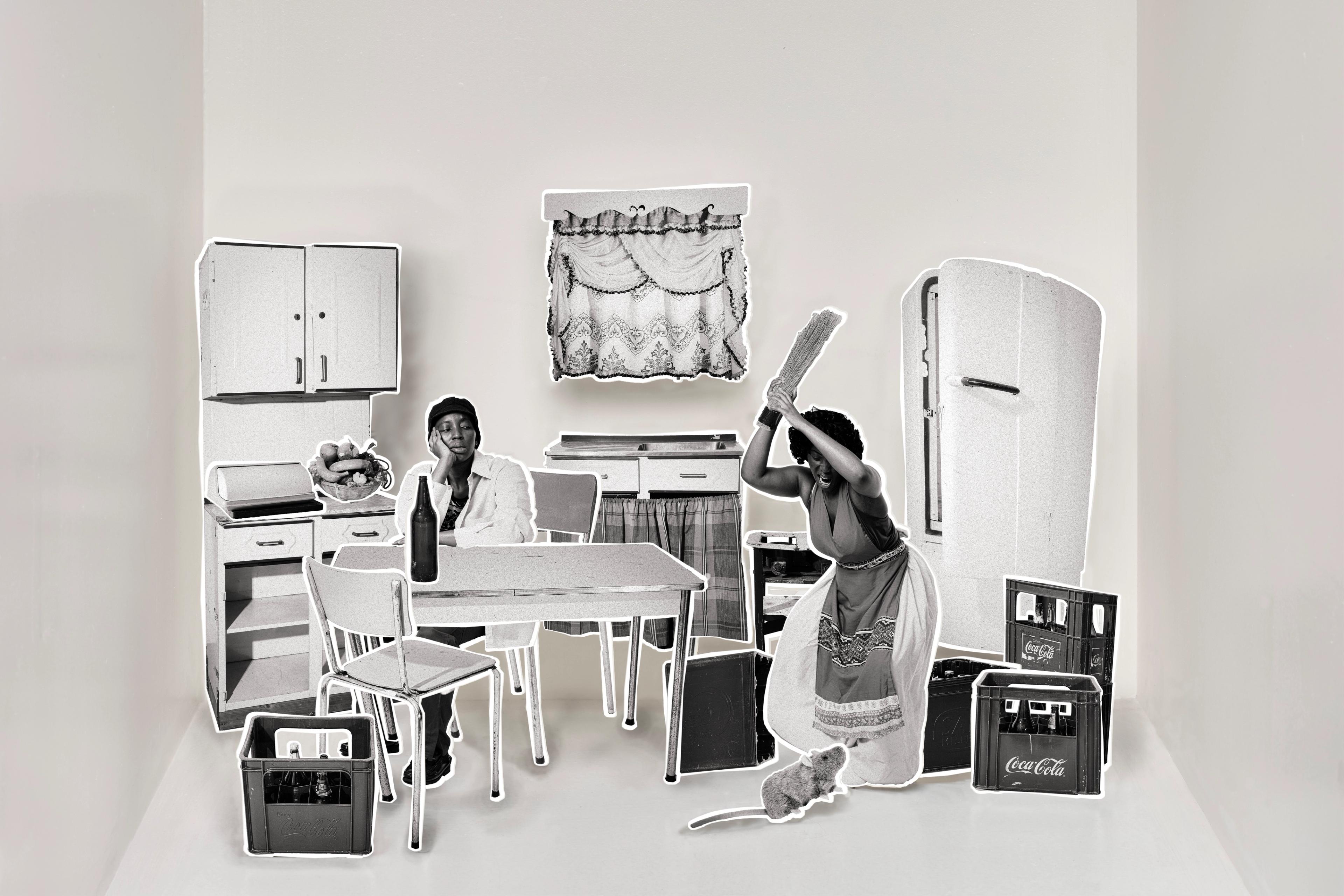
The exhibition invites visitors into a life-sized, walkable structure modeled after a “Reconstruction and Development Programme” (RDP) house – a South African socio-economic housing program implemented by the government of President Nelson Mandela post-apartheid in 1994 – transformed here into a spectral framework that is at once solid and fragile, filled with ruptures rather than resolution.
While deeply rooted in historical material, Kganye’s work is never nostalgic. It speaks to the unresolved present: political, uncanny, and deeply intimate all at once. It refuses closure and allows myth and memory to coexist without hierarchy. With Le Sale ka Kgotso, she creates a haunted home built from aluminum and steel, deliberately blurring fact and fiction, and using familial memory as a lens through which national myth is examined – and scrutinized.
CREDITS
This exhibition is curated by Marina Paulenka, Director of Exhibitions at Fotografiska Berlin and coordinated by Jessica Jarl, Global Director of Exhibitions at Fotografiska.
Until 25 Jan 2026
Helga Paris
für uns
Helga Paris’s raw, intimate photography captures the dignity and humanity of everyday life in the GDR, sharing stories of ordinary people with deep empathy and respect. Spanning five decades, the exhibition reveals history as it unfolds in streets, homes, and personal stories, offering a quiet reminder of what connects us beyond politics and power.
Learn more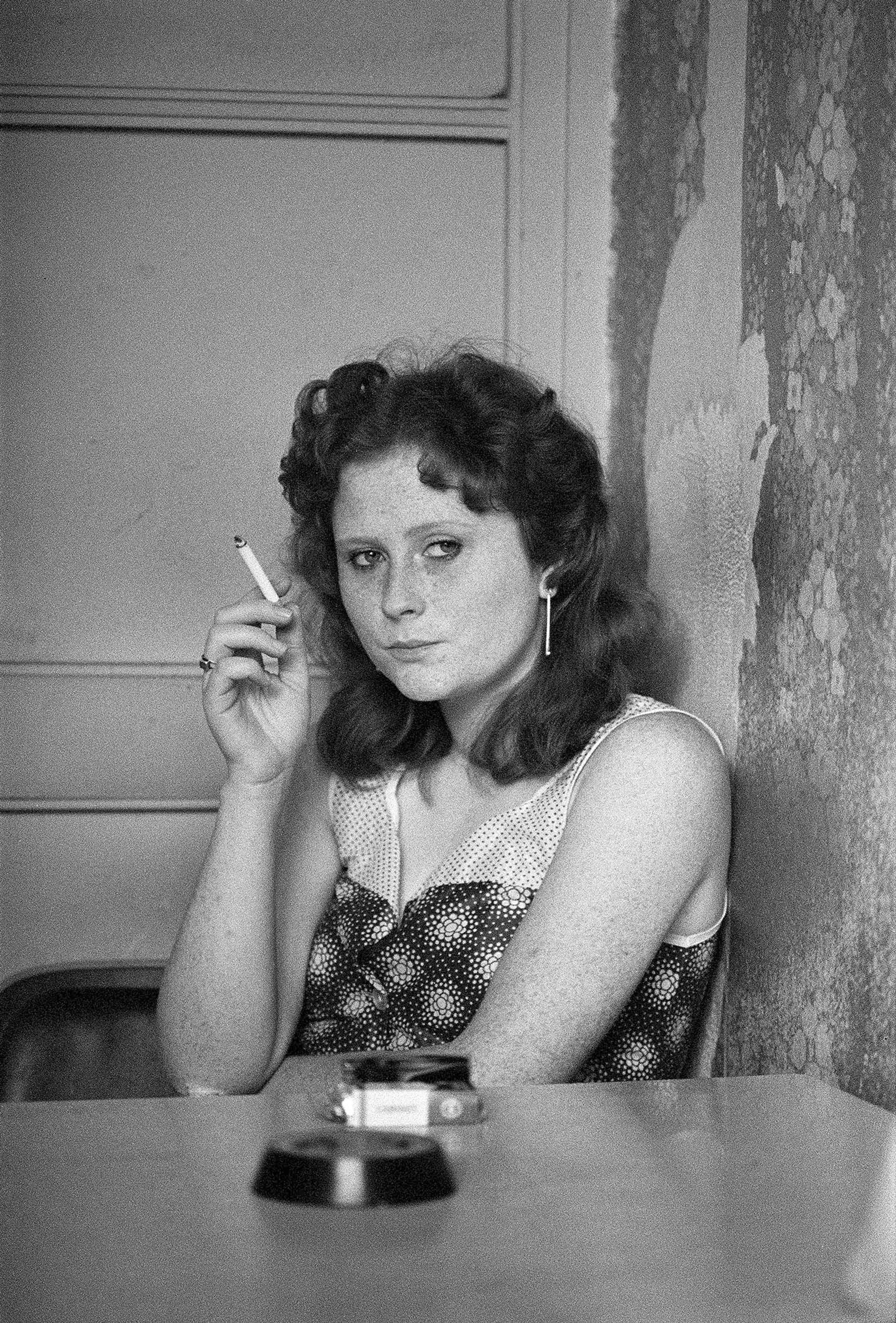
Until 8 Mar 2026
Shepard Fairey
Photo Synthesis
Provocative, iconic, and socially engaged: the exhibition Photo Synthesis invites audiences to explore Shepard Fairey’s artistic evolution through a photographic lens.
Learn more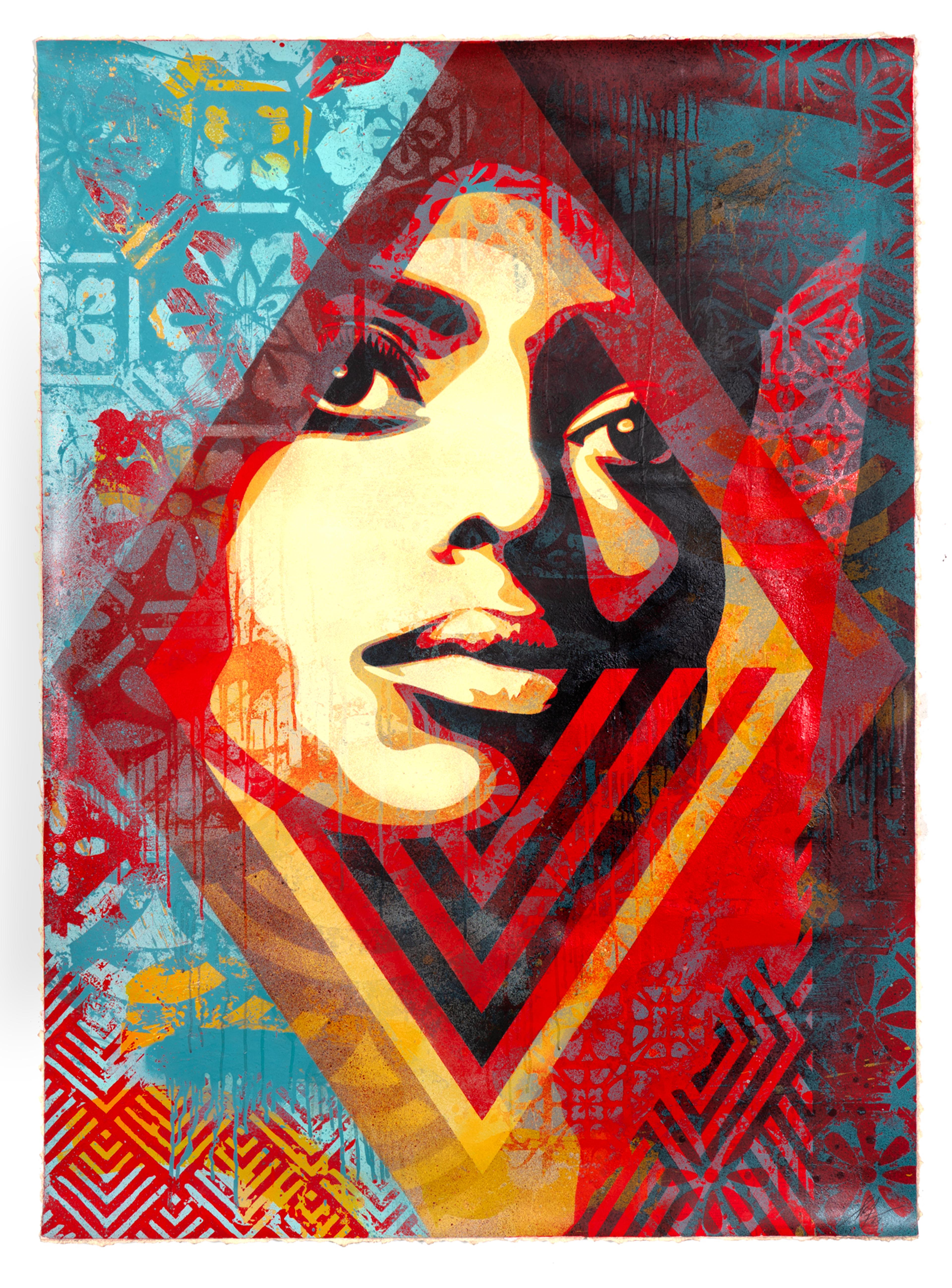
Until 19 Apr 2026
Diana Markosian
Father
Absence, memory, and reconciliation: Father is a deeply personal and autobiographical exhibition by artist Diana Markosian that reflects on how decisions shape who we become.
Learn more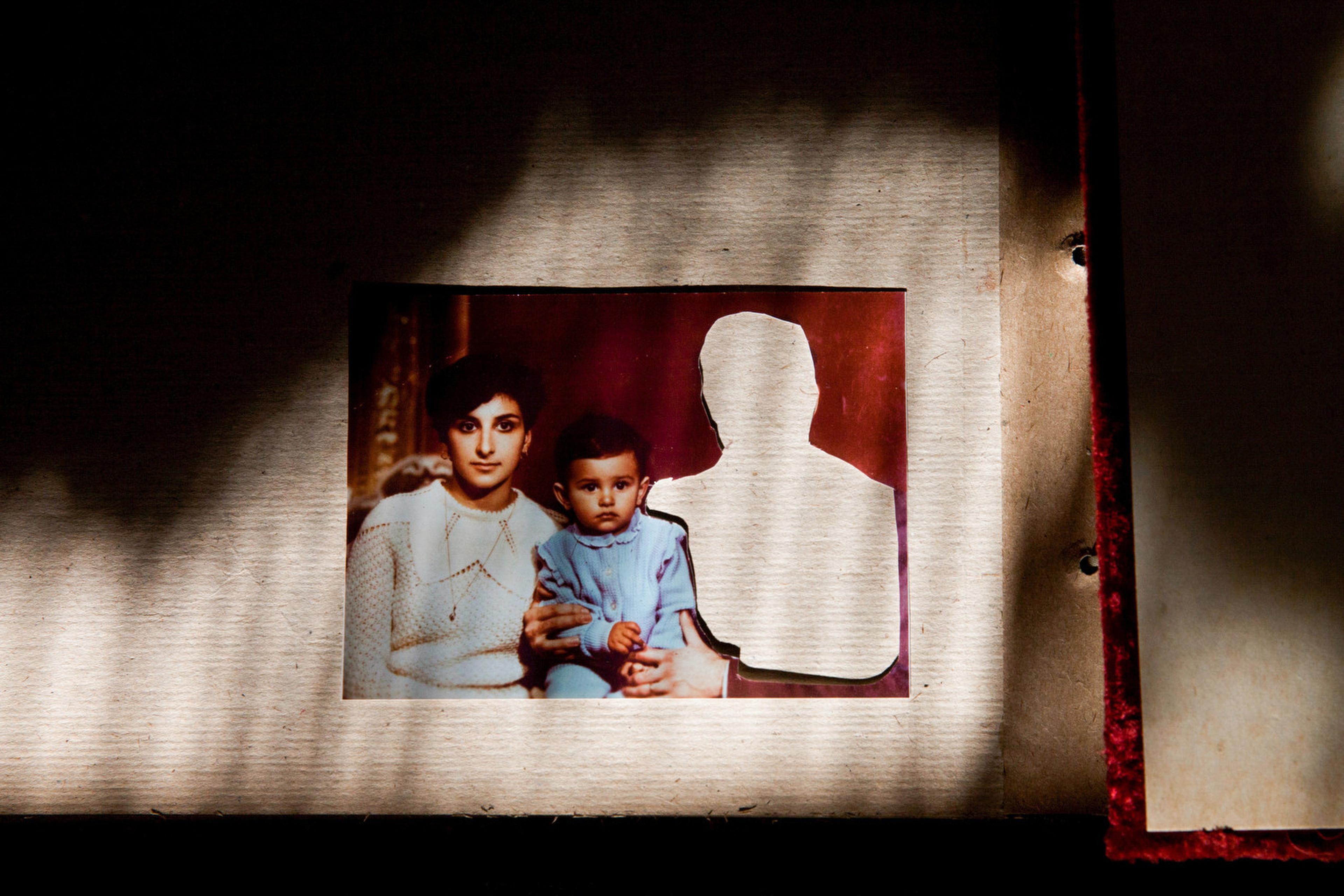
Emerging artist
Until 19 Jan 2026
Charlotte Schmitz
Balat
With this exhibition, photographer Charlotte Schmitz invites you to immerse yourself in the life of Istanbuls neighborhood of Balat, in which she documented everyday life as well as weddings and other celebrations for more than a decade.
Learn more